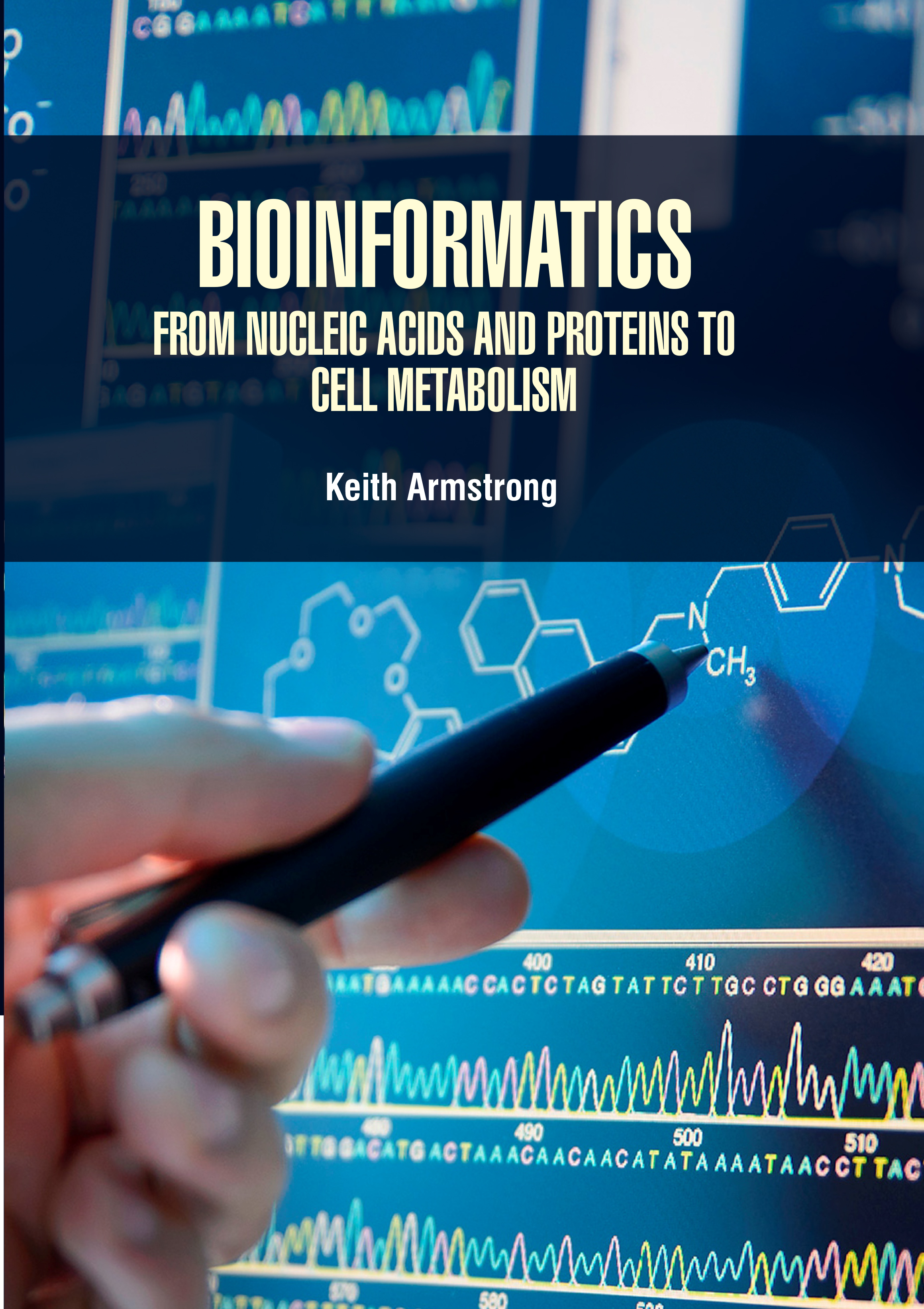
Bioinformatics: From Nucleic Acids and Proteins to Cell Metabolism
by Keith Armstrong
| ISBN | 9789372427387 |
|---|---|
| Publisher | Digital Drive Learning |
| Copyright Year | 2026 |
| Price | $250.00 |

by Keith Armstrong
| ISBN | 9789372427387 |
|---|---|
| Publisher | Digital Drive Learning |
| Copyright Year | 2026 |
| Price | $250.00 |
Bioinformatics, in this context the application of computer science to biological problems, has become an indispensable part of any research in the biosciences. The growth and development in the last decade of accurate and reliable mass data collection techniques has greatly enhanced our comprehension of cell signaling networks and pathways. At the same time however, these technological advances have also increased the difficulty of satisfactorily analyzing and interpreting these ever-expanding datasets. At the present time, multiple diverse scientific communities including molecular biological, genetic, proteomic, bioinformatic, and cell biological, are converging upon a common endpoint, that is, the measurement, interpretation, and potential prediction of signal transduction cascade activity from mass datasets. Protein-protein interactions are really driven by biophysical forces, namely electrostatic forces, van der Waals forces, and polar bonding between amino acids at the interface between the interacting proteins. Biophysical methods of all kinds are popping up everywhere to study these forces and investigate protein-protein interactions. There are several techniques that can be used for DNA analysis. Restriction fragment length polymorphism (RFLP) was one of the first methods used in forensic investigation. Polymerase chain reaction (PCR) is a method that allows a forensic scientist to amplify a sample and make millions of copies of the DNA from a relatively small specimen. Eukaryotic cells (from the Greek meaning truly nuclear) comprise all of the life kingdoms except monera. They can be easily distinguished through a membrane-bound nucleus. The eukaryotic cell contains small mass of protoplasm, the cytoplasm, containing a nucleus and surrounded by the plasma membrane. The cells of a multicellular organism vary in shape and structure and are differentiated according to their specific function in the various tissues and organs. Because of this functional specialization, cells acquire special characteristics, but a common pattern of organization persists in all cells. This book is really unique in terms of coverage, scope, elaboration, usefulness and futuristic perspective. It will provide readers with a user-friendly approach towards acquainting themselves with various select traditional and newly emerging fields of biosciences.